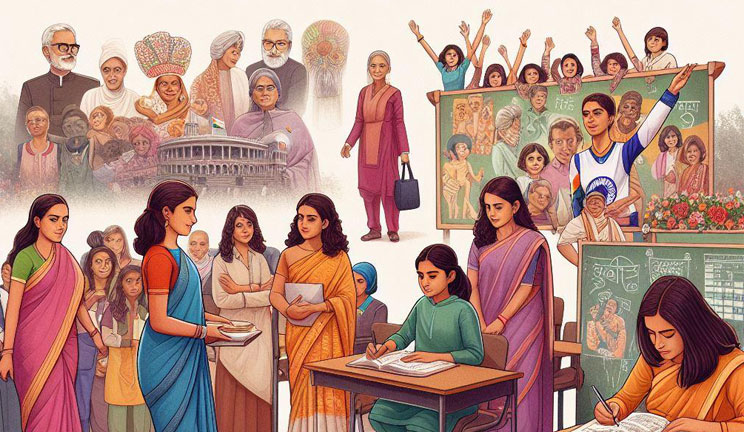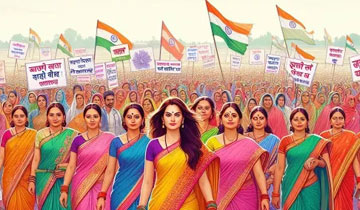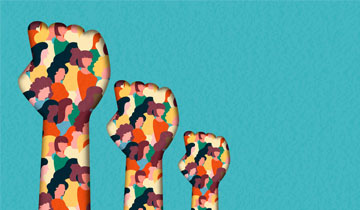
Cow Village and Women are the
lifelines of India
India's history is rich with examples of powerful women who have shaped the country's culture and heritage, such as Rani Lakshmibai, Indira Gandhi, and Sarojini Naidu. However, traditional norms and patriarchal values have often limited women's roles and rights.India's history is rich with examples of powerful women who have shaped the country's culture and heritage, such as Rani Lakshmibai, Indira Gandhi, and Sarojini Naidu.


Legal Framework:
- Prohibition of Child Marriage Act (2006)
- Protection of Women from Domestic Violence Act (2005)
- Sexual Harassment at Workplace Act (2013)



Advantages:
Economic Empowerment:
Economic empowerment programs focus on increasing women's participation in the workforce and entrepreneurship. The Self-Help Groups (SHGs) and microfinance schemes have been instrumental in providing financial independence to rural women. The Mudra Yojana scheme also offers financial support to women entrepreneurs.
Political Participation:
India has made significant strides in increasing women's political participation. The Panchayati Raj Institutions (PRIs) mandate 33% reservation for women, allowing them to take on leadership roles in local governance.
Social Change and Awareness:
Social change is driven by awareness campaigns and movements addressing gender equality and women's rights. Organizations and activists work tirelessly to challenge societal norms, raise awareness about gender-based violence, and advocate for women's rights.